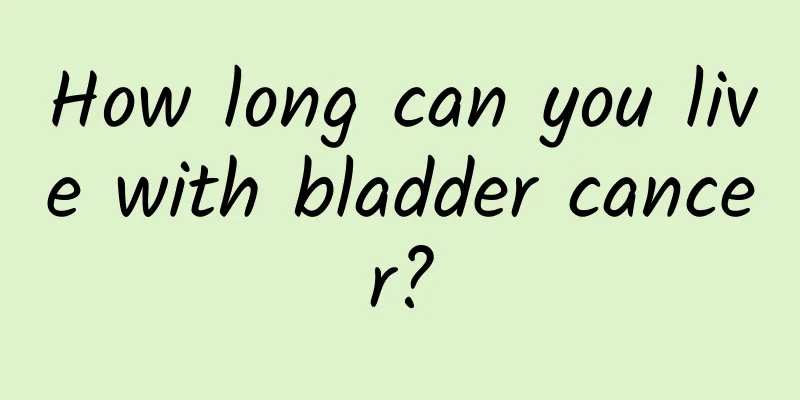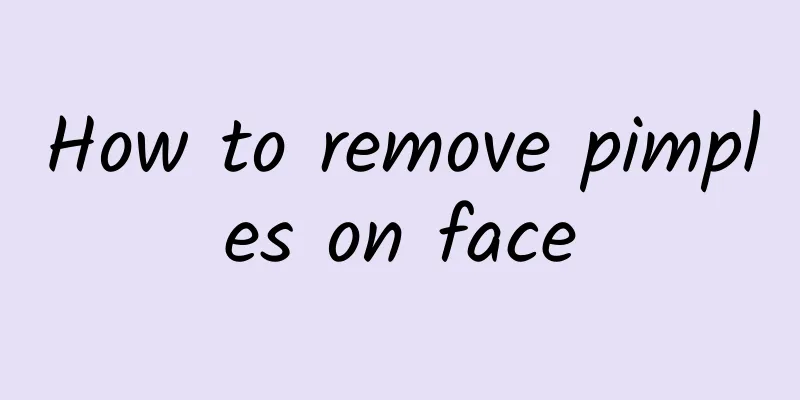What is the best way to reduce fever?

|
People will always get sick throughout their lives, from the time we were born to now, from minor illnesses like colds to major common diseases. Many diseases are accompanied by fever symptoms when they occur, especially in children. Fever makes mothers very anxious. Many mothers don’t know the best way to reduce fever. In fact, there are many ways to reduce fever. When a child has a fever, the most basic way is to put a towel soaked in cold water on the forehead to reduce the fever, or to use alcohol to wipe the forehead, armpits, palms and soles of the feet. When these methods are not effective, mothers should consider giving their children some antipyretic drugs. Today we are going to tell you about the best ways to reduce fever. Only by learning these can we face such situations calmly when we encounter them in the future. Methods for reducing fever include physical cooling and drug cooling. The so-called physical cooling means not using medicine. Regardless of whether it is a low fever or a high fever, it is recommended to use hot water bath. Use hot water above 40 degrees. When your hands feel a little hot, this temperature is just right. It is best to wait until the skin turns slightly red during the sponge bath. The capillaries under the skin will open and the blood flow will increase, which can dissipate heat and take away excess heat in the body, thus achieving an effective fever-reducing effect. Because children's body functions are still in the development stage, it is not advisable to use medication casually, so this is the best way to reduce children's fever. If you have a normal high fever or a very high fever, you can apply a cold towel to your forehead. You can also use the fever-reducing patch available on the market. However, it is not recommended to use alcohol to reduce fever, because it passes through the skin and takes away some heat when the alcohol evaporates, but the skin surface will absorb some of the alcohol through the skin, increasing the burden on the liver, which is not good for the human body. How to choose antipyretics? Do parents know? It is unscientific to give children antipyretics as soon as they have a fever! So, when can drugs be used to reduce fever? The World Health Organization (WHO) recommends that antipyretics can be used above 38°C. Generally, our doctors will recommend using antipyretics when the temperature is above 38.5℃ or 39℃. Generally, you don't need to take any medicine for a low fever, just take a warm water bath. What are some home remedies for reducing fever? 1. Maintain air circulation in the home: If the home has air conditioning, maintain the room temperature between 25-27℃. You can place the child in an air-conditioned room or blow an electric fan around him to slowly lower his body temperature, which will make the child feel more comfortable. But if the limbs are cold and the patient is shivering violently, it means that the patient needs warmth, so he should be covered with a blanket. 2. Take off too many clothes: If the baby's limbs and hands and feet are warm and the whole body is sweating, it means that the baby needs to dissipate heat, so he can wear fewer clothes. 3. Warm water bath: Undress the baby and rub the whole body with a warm water (37℃) towel. This will dilate the blood vessels in the baby's skin and release body qi. In addition, when water vapor evaporates from the body surface, it will also absorb body heat. 4. Use a cooling patch: It helps dissipate heat, but it is not recommended for younger children because it is difficult for them to turn their bodies, and an ice pillow can easily cause local overcooling or hypothermia. You can also use a cooling patch. When the water in the gelatinous substance of the cooling patch evaporates, it can take away the heat and will not cause excessive cooling. 5. Drink more water to help sweating and prevent dehydration. Water has the function of regulating temperature, which can lower body temperature and replenish water lost in the baby's body. 6. Use antipyretics: When the core temperature (rectal temperature or ear temperature) of an infant or young child exceeds 38.5°C, you can use antipyretic solutions or suppositories appropriately. If a fever is left untreated, a minor fever symptom can develop into a big problem, and in severe cases it can develop into meningitis. We have learned so many scientific methods of reducing fever from the above content. I believe that in the future, whether you or your family members have a fever, you can use the fever-reducing methods learned today to solve it. |
<<: What medicine is used for otitis media
>>: What to do if you have stomach fire
Recommend
Specific infections include
The human immune system is a very important syste...
What to eat to recover faster from lumbar fracture
Patients with lumbar fractures need to supplement...
Causes of Onychomycosis
Onychomycosis is the most common problem on nails...
What should you not eat if you have atopic dermatitis? Get well soon
Appropriate dietary restrictions must be observed...
What causes clear fluid to flow from the genitals?
There are mainly two situations when transparent ...
After drinking safflower during pregnancy, there is blood in the leucorrhea
The phenomenon of blood in leucorrhea after drink...
What to do if your skin is red and itchy due to allergies? Remember these 4 anti-allergy details
As the air in cities deteriorates, more and more ...
Is it correct to land on your heel first when walking?
The correct walking posture should be that the up...
Can moxibustion on the legs help lose weight?
In fact, there are many good ways to lose weight ...
What are the symptoms of Qi deficiency type obesity? Is it serious?
Qi deficiency constitution and Yang deficiency co...
What is gout? Two reasons need attention
Usually, after people find out that they have gou...
The efficacy and function of Curculigo and how to eat it
When it comes to the efficacy, functions and eati...
Does Traditional Chinese Medicine have a Dermatology Department?
Dermatology belongs to the surgery department, an...
Why does my shoulder hurt when I run?
Nowadays, people pay great attention to their phy...
The role and efficacy of Yigenmin
Probiotic powder is a product that we often taste...









